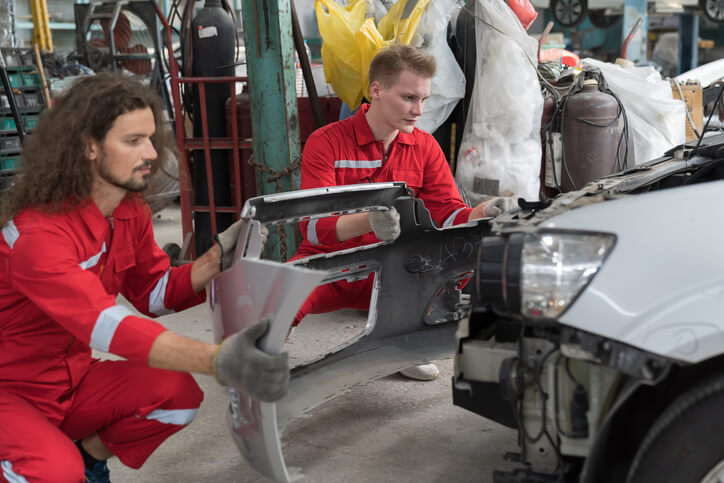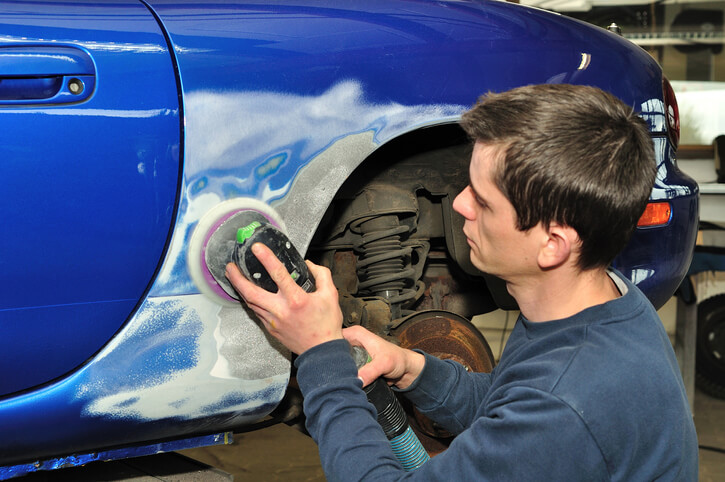Considering Auto Body Training? Popular Exterior Materials To Know
The exterior materials used in vehicles enhance aesthetics and ensure durability, safety, and performance. From traditional metals to innovative composites, the choice of materials significantly impacts a vehicle’s overall design and functionality. If you’re considering an auto body career, knowing the properties of different vehicle exterior materials will help you understand the best products and techniques for each situation. Look at some popular exterior materials synonymous with modern automotive engineering.
Steel Is Both Strong And Malleable
Steel has long been a staple in vehicle manufacturing due to its exceptional strength and durability. While steel exteriors were once trendy in modern vehicles, high-strength steel varieties are most often used to make the frame and chassis of a vehicle. Steel contributes to the safety of drivers and passengers by absorbing impact remarkably well. From an auto body perspective, steel is easy to repair and restore because it combines strength and malleability. It’s ideal for welding.

Galvanic corrosion occurs when two dissimilar metals come into contact and electrons flow between them. The result is the gradual disintegration of automotive parts. Specialized thermal joints circumvent this, but when a vehicle’s frame is made exclusively of steel, there’s no need for extra joints.
Aluminum: The Lightweight Champion
After auto body training, you’ll find that aluminum is a prevalent exterior material. It has recently gained popularity, especially for creating lightweight vehicles to improve fuel efficiency. This corrosion-resistant material is commonly used in body panels, hoods, and other components, reducing the vehicle’s overall weight without compromising structural integrity. Aluminum has excellent safety properties due to its fantastic ability to absorb impact. From an environmental standpoint, aluminum is highly recyclable, making it a sustainable option for vehicle exteriors.

Plastic Composites Will Be Popular After Auto Body Training
Plastic composites, such as fiberglass and carbon-fiber-reinforced polymers, offer a compromise between lightweight construction and cost-effectiveness. These materials find their place in various exterior components, including bumpers, body panels, and interior elements, contributing to fuel efficiency and design flexibility. As automotive technology continues to evolve, so does the array of materials available for crafting the exteriors of vehicles. After you finish auto body courses, you’ll find that the right choice of materials should involve a delicate balance between safety, performance, weight, and aesthetics.
Ready to enroll in CATI school?
Contact us for more information!

